Ontario pulled every lever it had to grab a piece of the emerging electric vehicle sector, and 'we went from zero to almost $50 billion in four years,' Minister Vic Fedeli says
Published Oct 13, 2024 • Last updated 0 minutes ago • 5 minute read
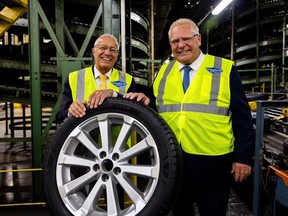
Ontario Premier Doug Ford bet large on electric vehicles, spun the wheel, and four years later looks to be a big winner. Ontario (population: 15 million) attracted investors with over C$44 billion for EVs and battery manufacturing in the province. By comparison, and since U.S. President Joe Biden took office, the entire United States (population: 400 million) attracted US$123 billion.
Advertisement 2
THIS CONTENT IS RESERVED FOR SUBSCRIBERS
Enjoy the latest local, national and international news.
- Exclusive articles by Conrad Black, Barbara Kay and others. Plus, special edition NP Platformed and First Reading newsletters and virtual events.
- Unlimited online access to National Post and 15 news sites with one account.
- National Post ePaper, an electronic replica of the print edition to view on any device, share and comment on.
- Daily puzzles including the New York Times Crossword.
- Support local journalism.
SUBSCRIBE FOR MORE ARTICLES
Enjoy the latest local, national and international news.
- Exclusive articles by Conrad Black, Barbara Kay and others. Plus, special edition NP Platformed and First Reading newsletters and virtual events.
- Unlimited online access to National Post and 15 news sites with one account.
- National Post ePaper, an electronic replica of the print edition to view on any device, share and comment on.
- Daily puzzles including the New York Times Crossword.
- Support local journalism.
REGISTER / SIGN IN TO UNLOCK MORE ARTICLES
Create an account or sign in to continue with your reading experience.
- Access articles from across Canada with one account.
- Share your thoughts and join the conversation in the comments.
- Enjoy additional articles per month.
- Get email updates from your favourite authors.
THIS ARTICLE IS FREE TO READ REGISTER TO UNLOCK.
Create an account or sign in to continue with your reading experience.
- Access articles from across Canada with one account
- Share your thoughts and join the conversation in the comments
- Enjoy additional articles per month
- Get email updates from your favourite authors
Article content
People in Washington were pretty surprised, divulges Vic Fedeli, Ontario’s minister of economic development, job creation and trade since 2019 and MPP for Nipissing. Earlier this month, the Alliance for Automotive Innovation, a Washington D.C.-based trade association and lobby group, came out with its investment numbers “and then when we threw our numbers out as well, it was pretty surprising, I think, to everybody,” the minister reports.
But for people paying attention, it wasn’t entirely unexpected. “Bloomberg announced last year that Canada is now the number one global supply chain in the EV sector, usurping China for the first time,” Fedeli explains in a telephone call from his home in North Bay. And when Bloomberg says “Canada,” he clarifies, they are “ostensibly talking about Ontario. The number one global supplier in the EV supply chain,” he reiterates.
Early in 2019, Reuters declared global automakers were planning a US$300-billion surge in spending on EV technology over the next five to 10 years. That caught the attention of the Ford government in Ontario, the minister says, especially because none of that investment was reported to be coming to Canada, he chuckles.
By signing up you consent to receive the above newsletter from Postmedia Network Inc.
Article content
Advertisement 3
Article content
“And they were right,” Fedeli explains. “Just a couple of years before that, we lost a lot of auto manufacturing in Ontario. Australia was on the same path; we were both headed absolutely downward.” Australia pulled the plug, they’re out of the auto-making business. “No modern country functions without a really great auto industry,” the minister asserts; and once you lose it, “it’s lost, you’re not going to get it back.”
The premier and Fedeli visited all the auto companies and learned two things, he reports: Number one, there were no new vehicles, no new programs coming. “We were on our way to literally hitting the bottom,” Fedeli says. One by one, the plants would close and we’d be out of business. “And the second thing they told us,” the minister says, “the cost of doing business in Ontario is too high.”
The Ford government pulled every lever it had to lower the cost of doing business — reducing workers comp by half, accelerating the write-off of new equipment costs, lowering electricity rates for commercial and industrial customers, freezing tax rates. The government of Ontario took an annual $8-billion haircut, and revenues went up, the minister boasts; “If there’s ever proof that lower taxes create more revenue, we are absolute living proof of that.”
Advertisement 4
Article content
What about all the subsidies shelled out to auto manufacturers? And how does the minister reconcile Ontario’s massive incentives and its free enterprise mantra?
Fedeli isn’t denying the Ford government put all the chips in the middle of the table. New investment — including Stellantis’s battery plant in Windsor, Volkswagen’s battery plant in St. Thomas — has been stimulated to match the Biden administration’s Inflation Reduction Act (IRA) subsidies.
If there’s ever proof that lower taxes create more revenue, we are absolute living proof of that
But things are shifting, the minister argues; look at the terms of Honda’s bold $15-billion investment in Ontario’s EV supply chain announced in April. “There was no IRA involved in the Honda plant whatsoever,” he explains. “Honda came here, not for the money. They came here because this is the right place for them to build their battery, build their cars.
“We went from zero to almost $50 billion in four years,” the minister enthuses. “So we’ve got this massive ecosystem from the mines, the minerals, the mineral processing, the battery components being made, the batteries being made, the cars being made, and the products being made. We’ve got an end-to-end ecosystem.”
Advertisement 5
Article content
Fedeli’s worn through a lot of shoe leather making these deals with investors, and he’s perfected the marketing pitch. Why would an investor choose to build an EV plant in Ontario rather than an American state? He reels off the reasons:
“We’ve got the Canadian dollar advantage. Think of Volkswagen, they make a battery in Canada but they don’t make a car in Canada; they are all exported.”
And, there’s our health-care system, “tens of millions of dollars that a company won’t pay for their employees’ health care because it is paid through our taxes.”
And, “we have every mineral in Ontario that’s needed to build a lithium-ion battery.”
And, there’s the green electricity. And, there’s the 70,000 STEM students Ontario graduates each year.
And, and, and…
While it’s easy to see how potential investors get caught up in this buoyancy, I have several more questions for the minister: Will Ontario be able to power such a massive EV ecosystem? Do First Nations in northern Ontario embrace the mining required to make lithium-ion batteries? Will this EV infrastructure withstand the ups-and-downs of consumers’ transition to electric vehicles?
Advertisement 6
Article content
The minister answers all my questions in the affirmative. Time will tell. But I find myself hoping for the best, not just because I grew up in Ontario, but because this next-generation foresight is rare in politicians. When the 400 highway system was built across southern Ontario, a lifetime ago, there were undoubtedly naysayers snickering at the prospects of the province, next door to Detroit, becoming a big player in the auto sector.
In a Sept. 30 Economist article, the magazine reported that since the pandemic, the U.S. and Canada have diverged. “Were Canada’s 10 provinces and three territories an American state,” the Economist states, “they would have gone from being slightly richer than Montana, America’s ninth-poorest state, to being a bit worse off than Alabama, the fourth-poorest.”
The Ford government’s rejection of that trajectory warrants applause.
Recommended from Editorial
-

This Indigenous businessman doesn’t want government help
-

Chinese trade provocation could make allies of Scott Moe, Trudeau Liberals yet
Our website is the place for the latest breaking news, exclusive scoops, longreads and provocative commentary. Please bookmark nationalpost.com and sign up for our daily newsletter, Posted, here.
Article content
.png)
 4 days ago
12
4 days ago
12


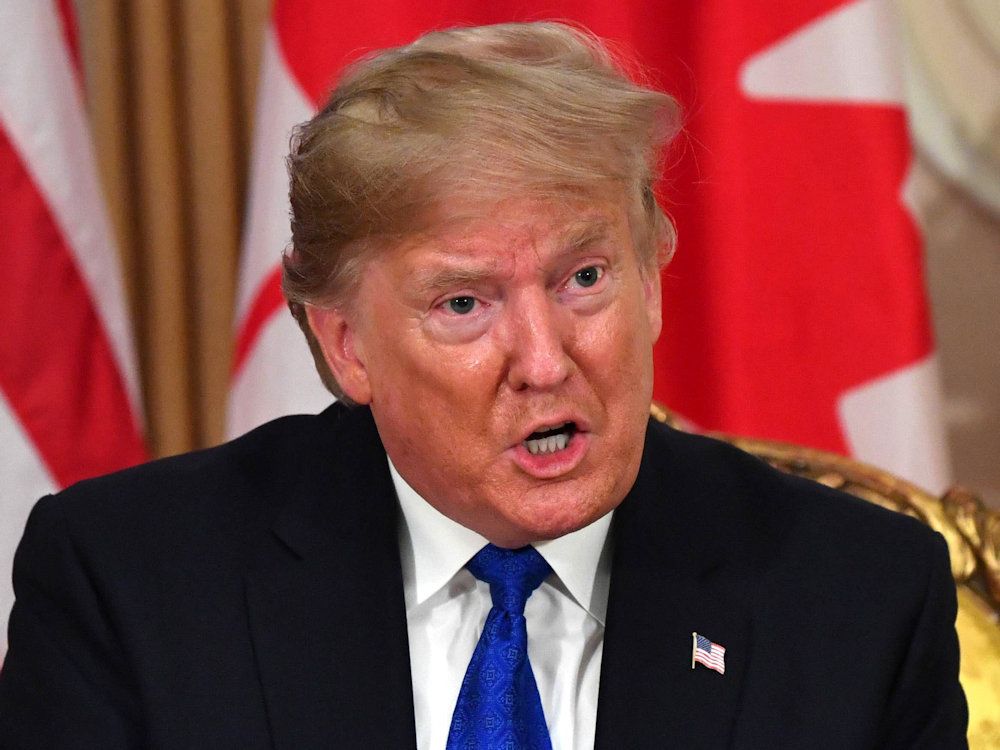





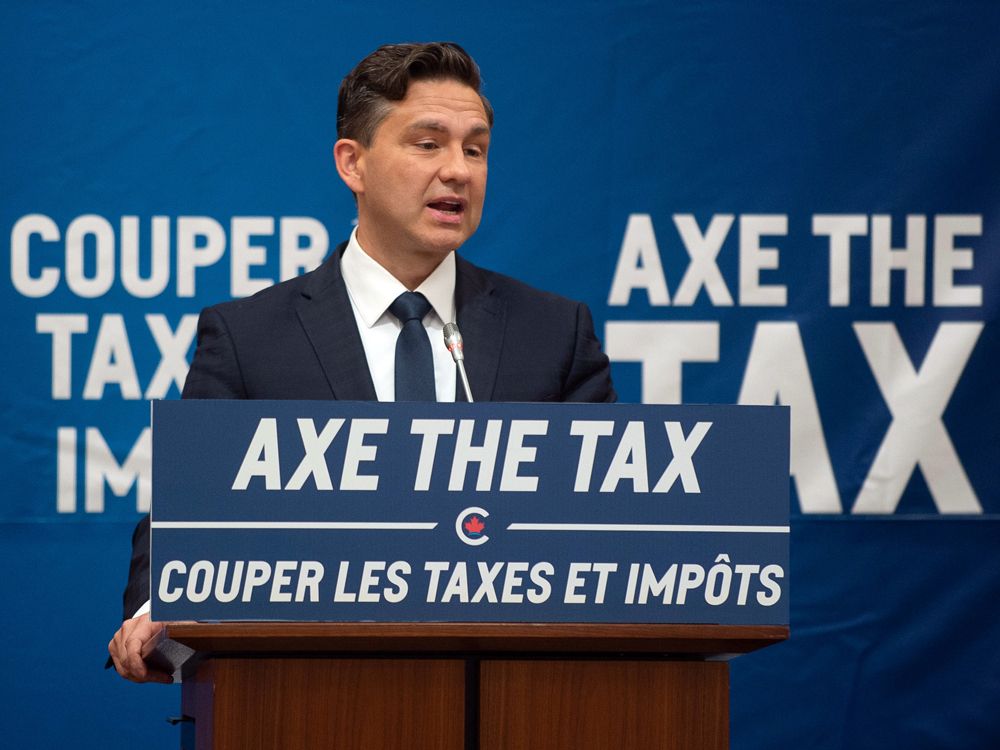
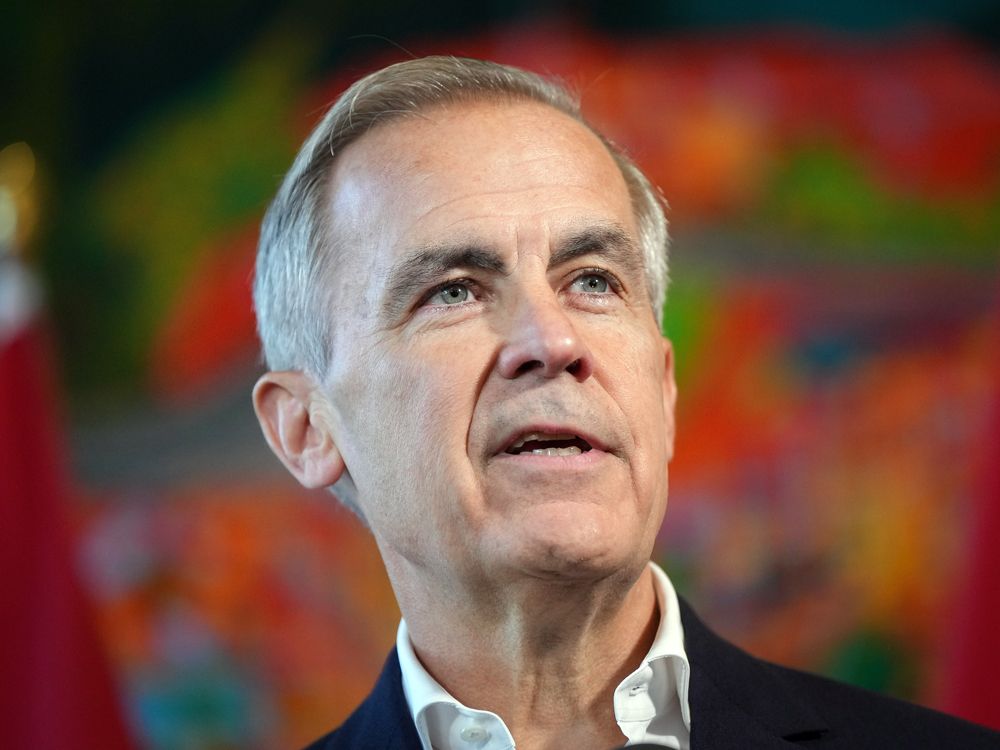

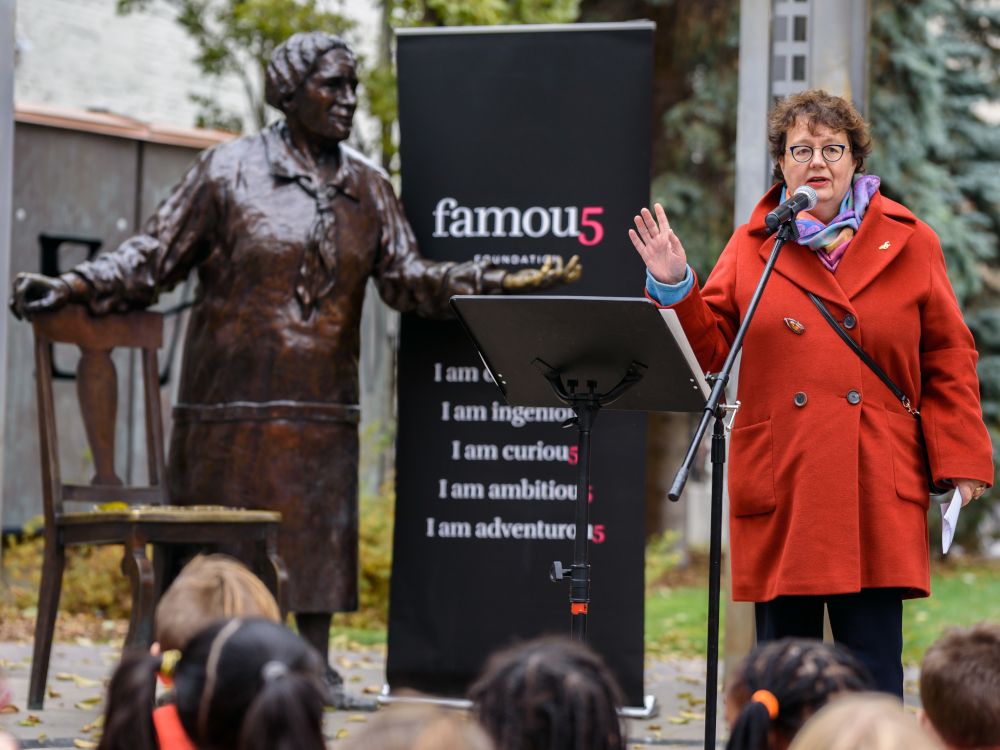

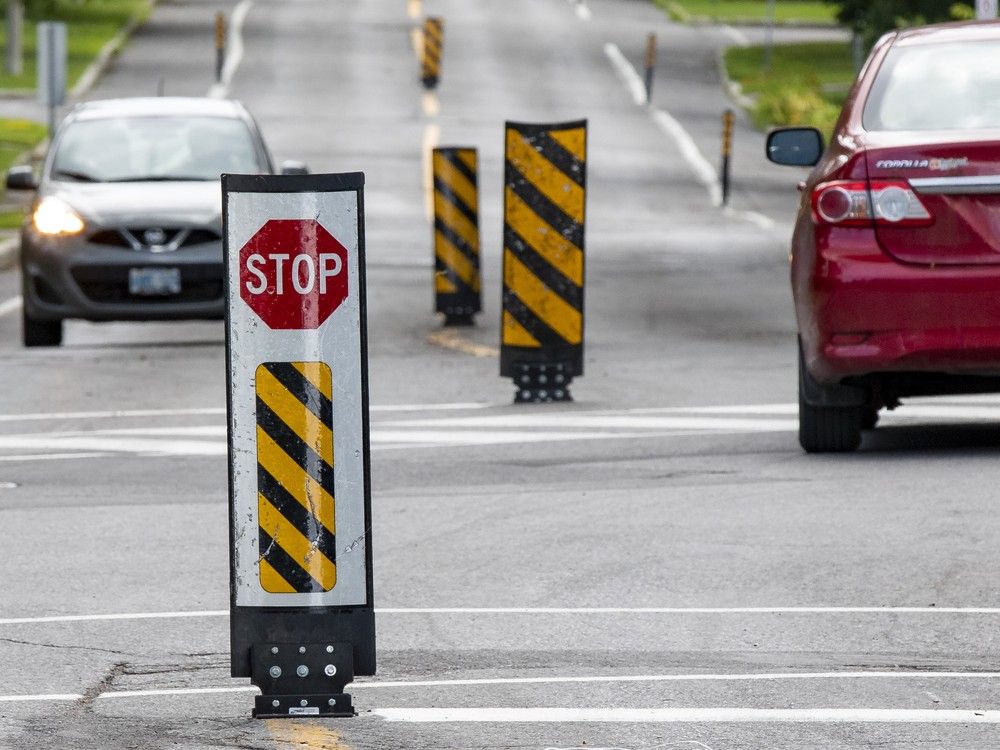












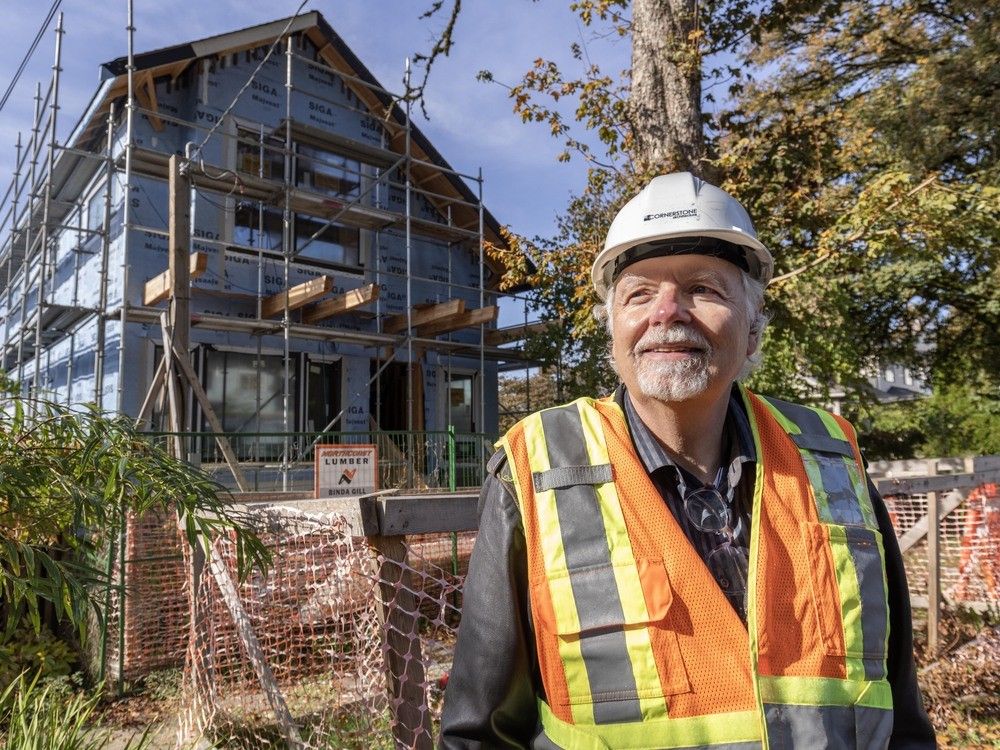

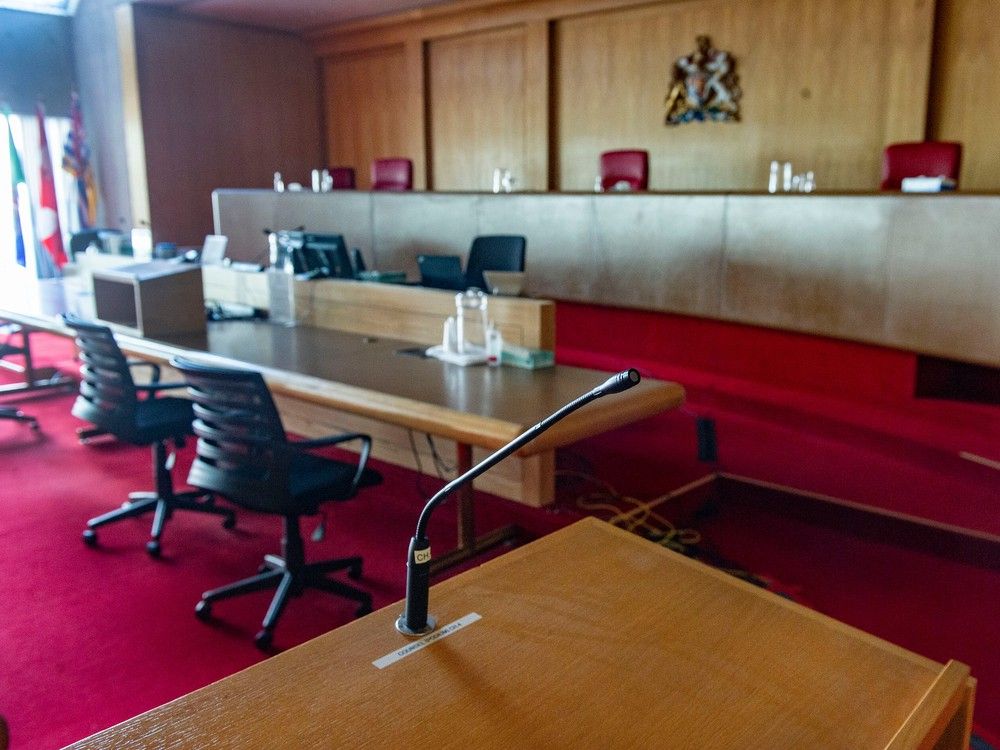
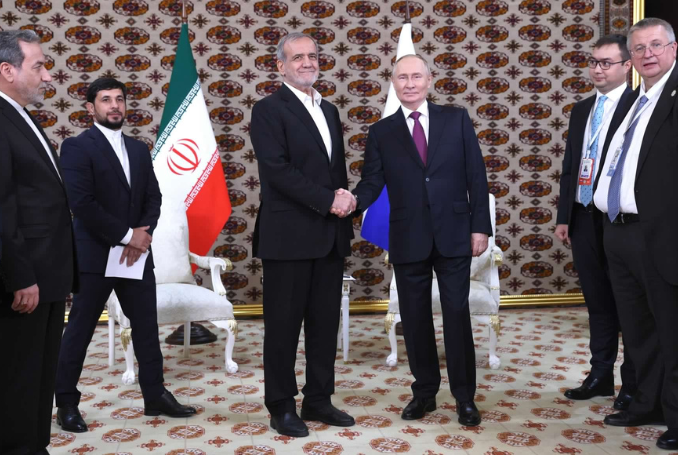



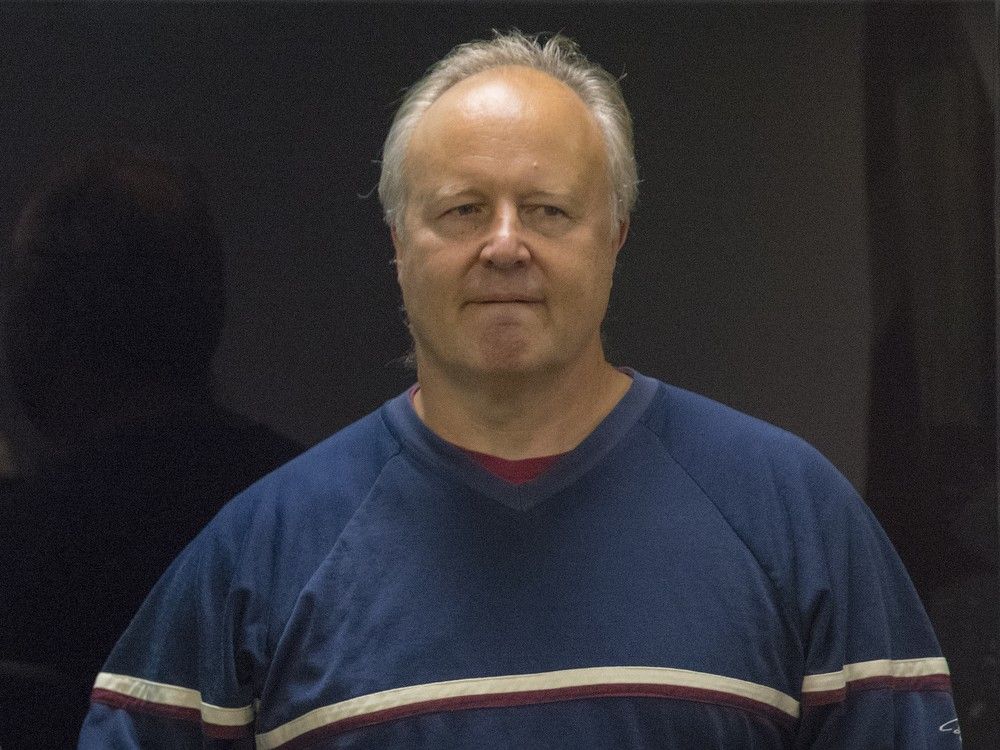


 Bengali (BD) ·
Bengali (BD) ·  English (US) ·
English (US) ·